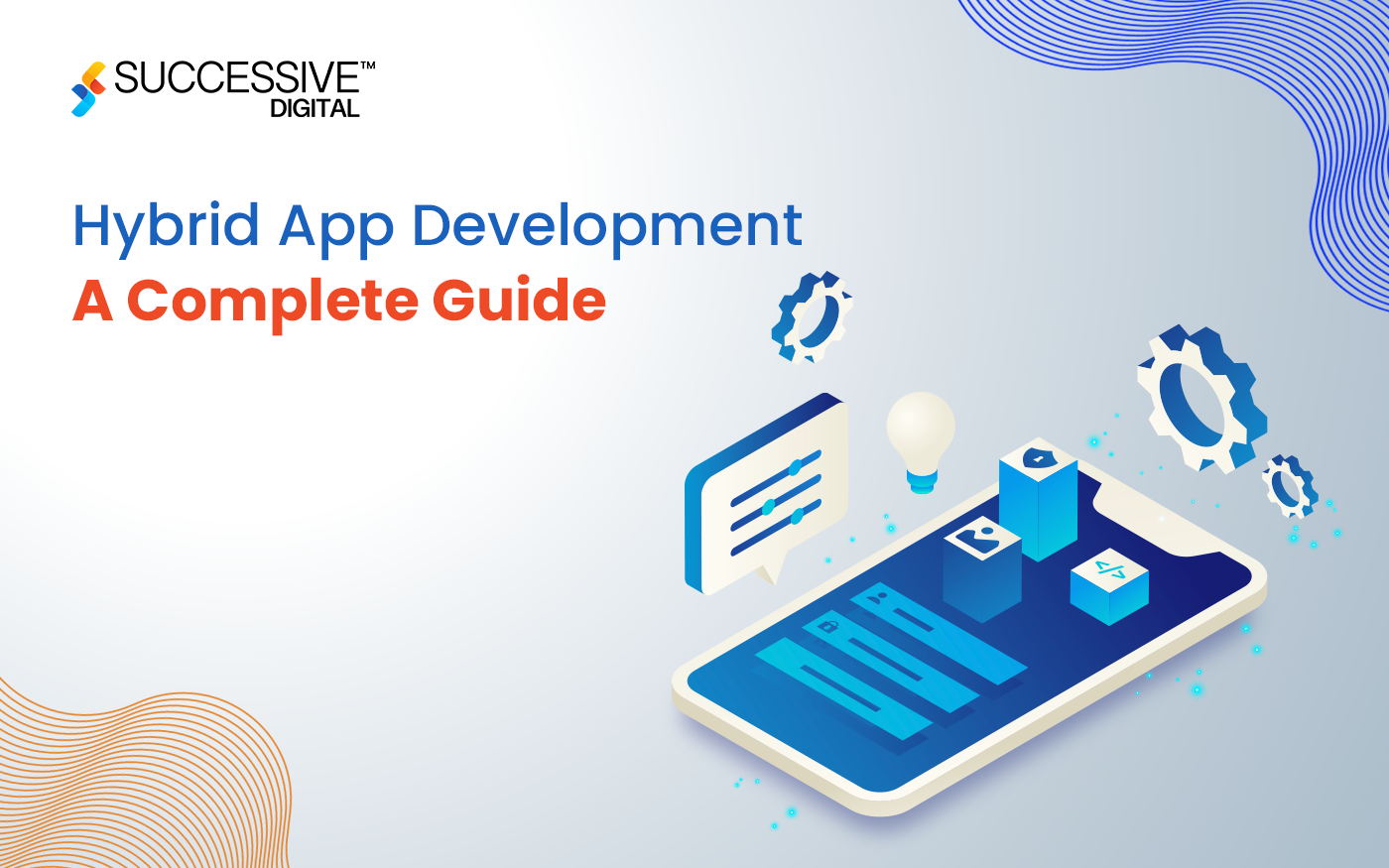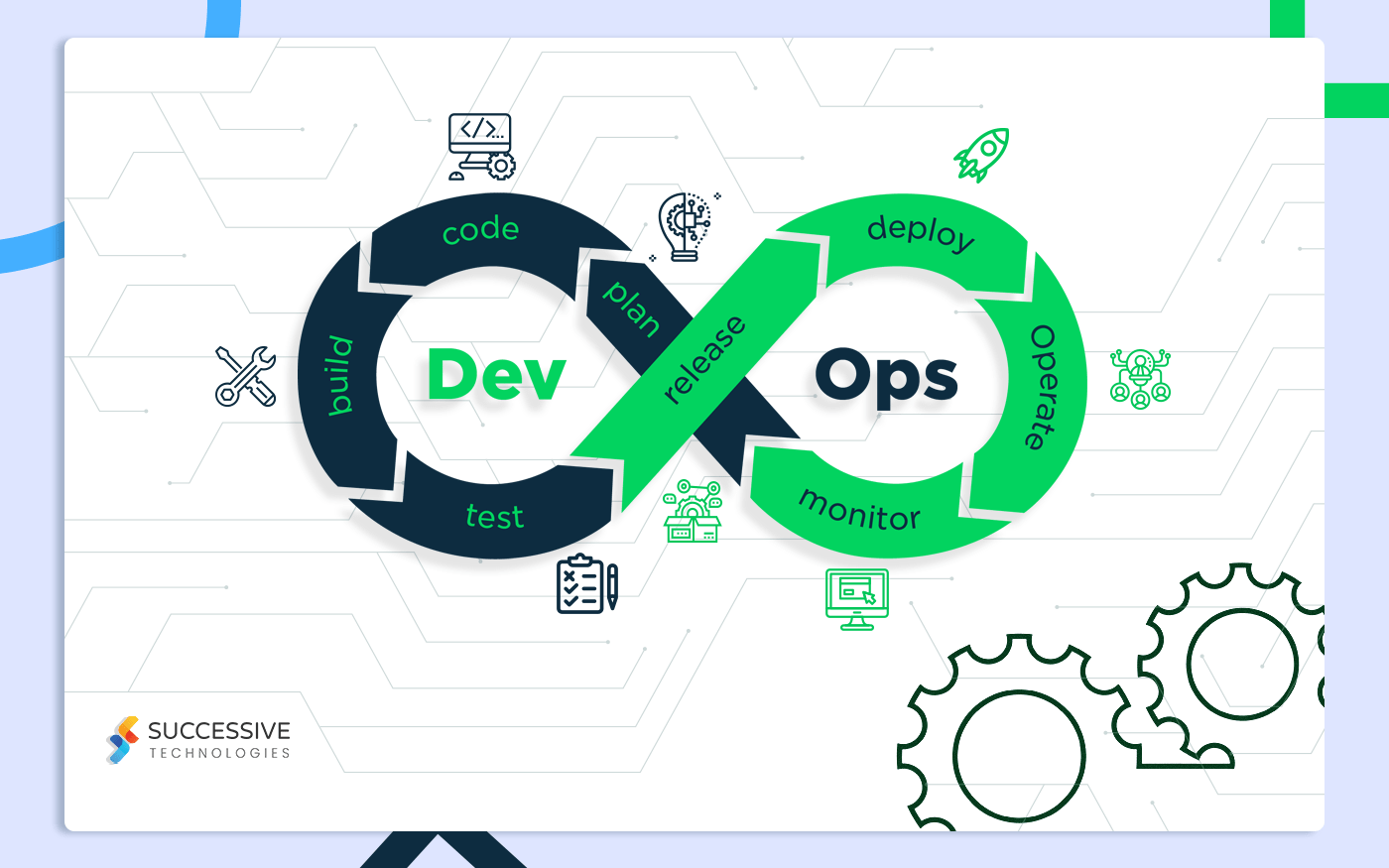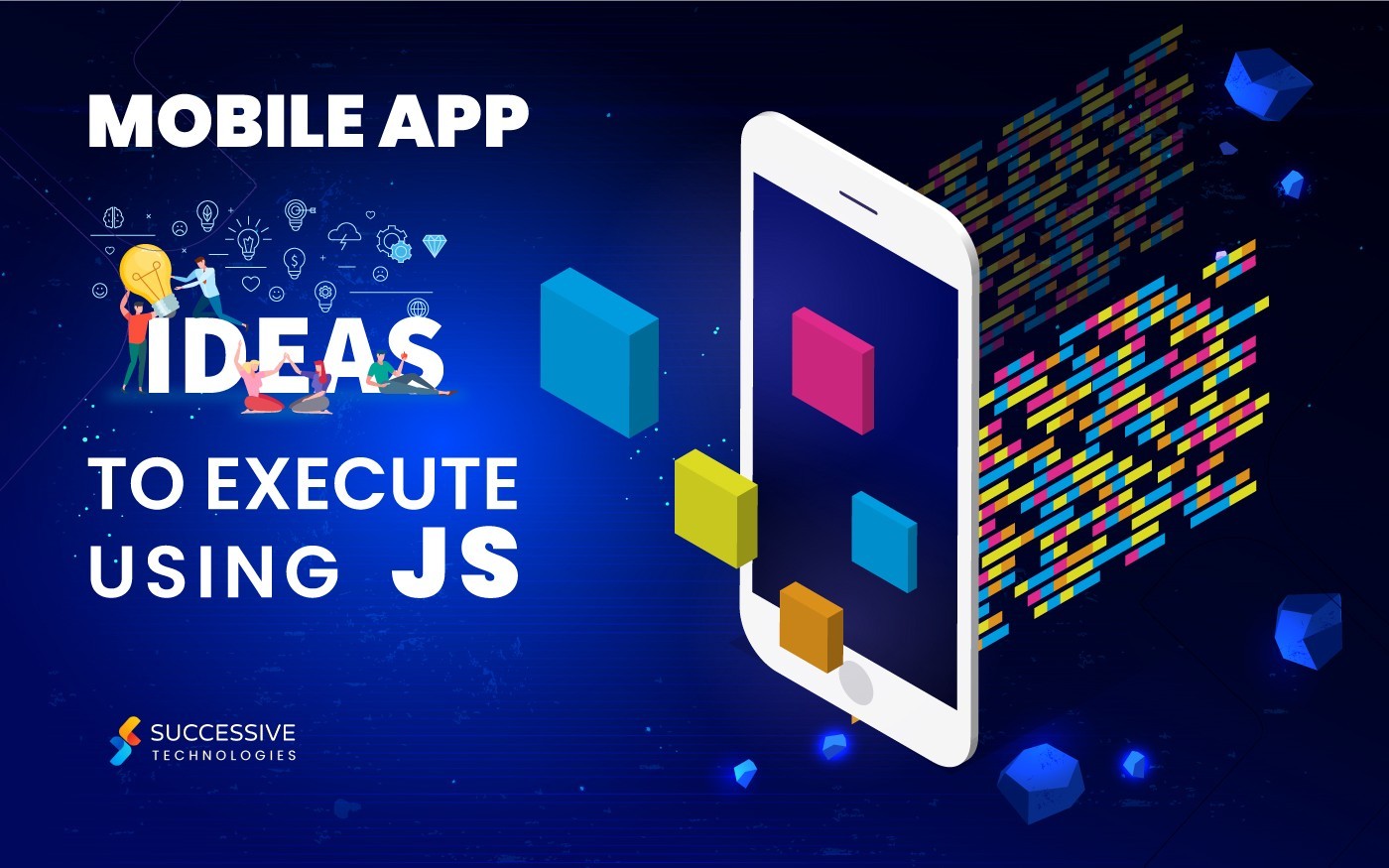The online food ordering business has witnessed some of the most rapid growths in the e-commerce segment. The food delivery apps, in particular, are the handiest choice for order food for hunger pangs. As an estimation, the food delivery business via apps in the USA reached up to 40 million users last year. Some forecasts say that by 2021 more than 1/5th smartphone users ought to have food delivery apps. Designing a food delivery app needs thorough planning and due diligence.
Factors like UI/UX of the app, its visual appeal, quick checkout process, and the biggest number of hotels and restaurants partnered up to provide a wide selection pool. An app that meets the customers’ requirements is the one going to stand apart from the rest in the market.
Here are some essential features that can help you get the best result from the app:
1. Business Models for Food Delivery
The current online food ordering market is based on two prominent start-up business models. These models have been developed by taking the customers’ convenience and benefits to the food joints and restaurants into consideration. Choosing the right model of business can help you in the right manner. The models are as follows.
a) The Aggregator Model
The model of business in the food ordering app helps small firms to work as just vendors. The vendors are the mediators who manage the food joints and customers. They help customers to come to know about the different restaurants, their specialties, and prices. This is like having menus of all the restaurants on the phone itself in one place. Besides, one can view the restaurants’ reviews and ratings and can give theirs too.
Once a customer using this app orders food, the data is sent by the mediator to the right food company or restaurant. The restaurant itself handles the process from there.
b) Food ordering and delivery model
This model is more involved in the transaction and communication between the customer and the restaurant. Once the customer places an order on the app, the app company itself takes the payment and forwards it to the restaurant (subtracting its share of profit, of course) and handles the delivery to the customer.
Aside from the ability for a customer to view the different restaurants’ food lists their prices, reviews, and ratings; the customers can also rest assured about the delivery time, one company handling the delivery can offer uniformity across times. Most small food joints and outlets can easily benefit from this model as they lack logistical support. Also, by not employing more workers, a company can have more profits.
While choosing the right business model, give the necessary inputs like a centralized contact number for ordering or feedback.
2. The Essential Feature of the App
Although the food quality, quantity, price, review, and rating of the restaurants matter the most. The other aspects, like the menu loading time and the attractiveness of the website, can make the app the most preferred one.
The following points can help an app be the preferred choice.
a) Availability of data
The amount of data available on a food delivery app can help the customer to get more information. The information on the number of restaurants, their food items, calories, ingredients, vegan, vegetarian, halal or kosher certifications and the estimated delivery time can make a customer decide whether to go for it or not.
The market for food delivery is all about convenience and speed. With rich informative data about the menu or different types of foods, you empower the users to make better choices in ordering the preferred type of food. Providing a list of filters to fine-tune the selection will elevate the overall user experience by several notches.
b) Payment options and integration
Ordering things on an app is like buying it online. Most customers like making a payment with inbuilt services like Apple pay or third party payment processing apps. The integrated payment methods give convenience to the customers of not carrying credit and debit cards. Besides, with touch or password-protected payment features, the customer can also rest assured of safe transactions.
Some customers don’t prefer online transactions. They usually do not integrate their plastic with a payment gateway. They may prefer entering card details every time they buy something. Some customers, on the other hand, do still like only the traditional payment methods like cash on delivery despite their limitations. A rounded payment option can make you lead in the market.
3. Include food delivery and tracking options
Customers ordering food on apps are at times time-bound, they don’t like waiting around and want precise estimates in their delivery time. Right from choosing the order if the customer gets the right evaluation of time, then they can make sure to select the correct order or manage time until the delivery arrives. If they can track their order in real-time and get the estimated remaining time, then they can plan out other sequences of their party.
Delivering later than the quoted time can be considered misleading. With the display of accurate estimate time and traceability, you can build better credibility in the market; thus, patronize existing customers and attract new customers due to a positive word of mouth.
Summing Up
These were some essential features of a food ordering app that can help you get the best result from the app. With these features, you can make sure that your app reaches every corner of the market and get the best response.












